This article comes out today, on Monday 15th of January, because exactly 20 years ago, while in Madrid for the second edition of Madrid Fusion, with Carlo Cracco as speaker on that very day, we had the idea of creating an equally important event in Milan where we could give an equally important stage to our talents, who were forced to express themselves in Spain without being second to none. That spark would become Identità Golose thanks also to the contribution of Claudio Ceroni, who is still by my side, project after project. And the story continues, soon in Madrid and Milan with Identità Golose 2024 from the 9th to 11th of March.
Woe betide
Lo Mejor de la Gastronomia in San Sebastian, now
Gastronomika. When it comes to culinary symposia, it all began there in the second half of the 1990s, in a conference centre filled with products on display and the ideas of
Rafael Garcia Santos, considered the fiercest of critics but also the most prolific and visionary well ahead of his time, as
Cracco recalls well. We had a long chat in the Galleria: ‘Those were unique years, and remembering them, woe betide those who regret the past because they fail to grasp something good in the present.’
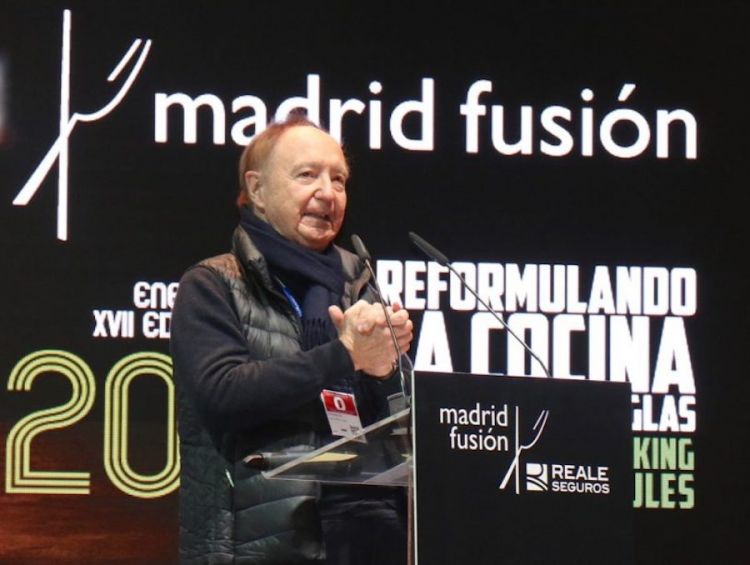
José Carlos Capel, he first got the idea for Madrid Fusion in 2003
Unique years, indeed.
'It was a creative and free epoch like never before. I had lived the epic of Gualtiero Marchesi since the mid-eighties, but it did not have the same echo. It was confined to our industry, with a sectoral and limited scope. You read about it, and then what? You were still confined between France and Italy. '
The second revolution was Spanish.
'It was 1996 when I first heard of Ferran Adrià and el Bulli, a hymn to creative freedom. All of us chefs were free to experiment, to try, to dare, a movement that tended towards the global, that unleashed a crazy force.'
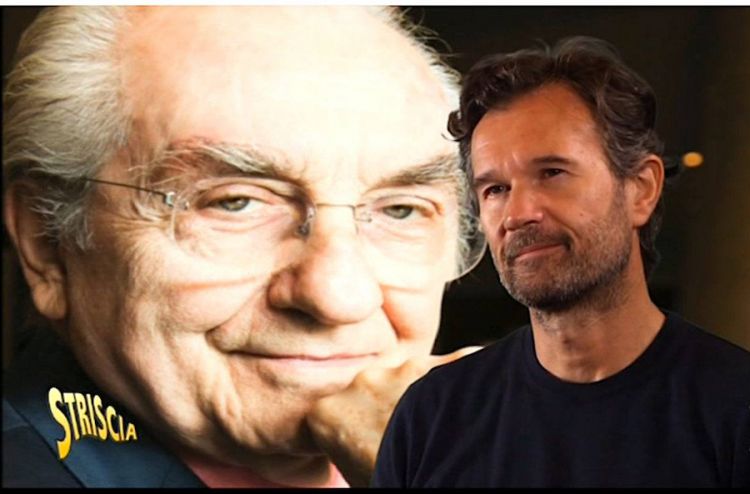
Gualtiero Marchesi and Carlo Cracco in an episode of Capolavori italiani in cucina (Italian masterpieces in the kitchen) on Striscia la Notizia
Is there a precise, indelible episode linked to that earthquake?
'I was in Milan, in 2001, and I had only been opened Cracco-Peck three months earlier, and one day that madman of Rafa Santos came in. They had spoken highly of my cooking and he wanted to try it, with his congress in San Sebastian in mind, a mix of dinners and lectures. I was so new that I didn't fully understand what he was inviting me to.'
And in 2003 Madrid Fusion was added.
'That's right, designed by José Carlos Capel. However, compared to Lo Mejor, it had a marked celebratory element. It gave everyone an idea of what cuisine could move and what opportunities catering could provide if the nation believed in it and worked as a system, a group'.
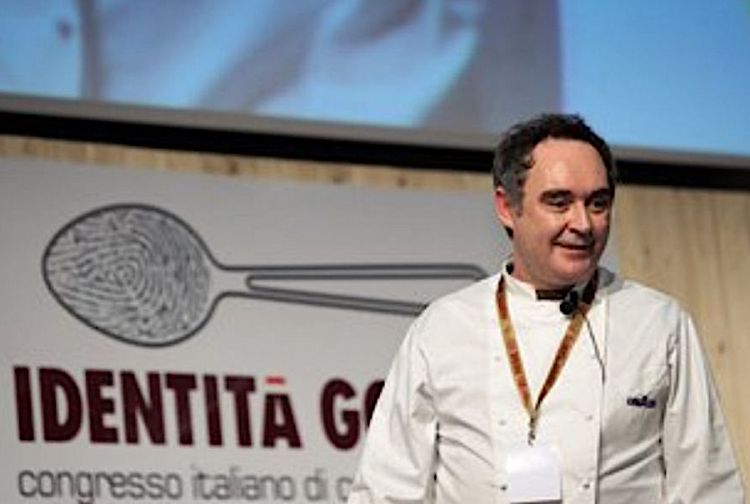
Ferran Adrià at Identità Golose 2005
'You knew San Sebastian awaited you in November and Madrid in January. Those were wonderful years, and now we are facing a third revolution, the social media revolution. I can't say whether better or worse. Certainly, the horizons have broadened even further. '
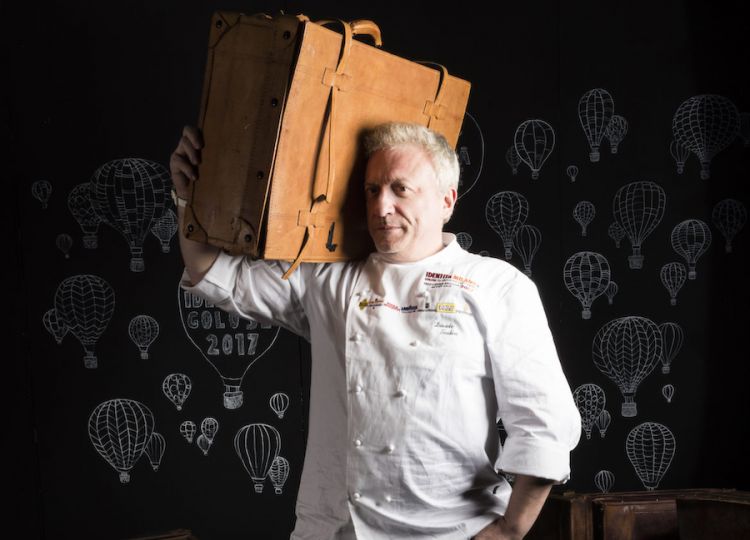
Davide Scabin at Identità Golose
And have also depersonalised.
'Twenty-five years ago, we found ourselves in the right place at the right time. There was more humanity in interpersonal relationships, more cohesion and sharing; I am thinking, for example, of Davide Scabin. We were all happy to find ourselves in Spain and also worried because, in the beginning, we didn't understand what was being asked of us, for whom we would go on stage, and for what audience. They told us for fellow chefs, for journalists. '
A stage, an audience, a chef.
'It wasn't easy to feel at ease also because you had no reference points. '
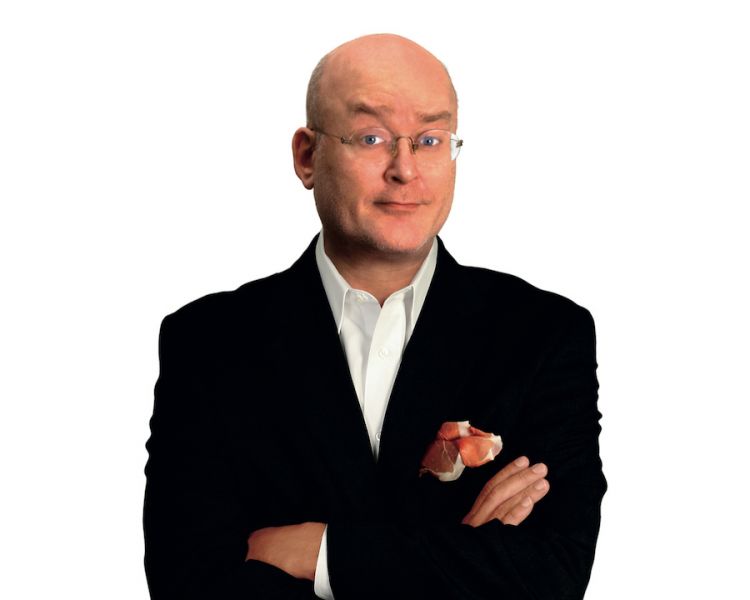
Bob Noto, the most brilliant food photographer
Then, one day, an invitation arrived for Madrid.
'When they invited me to the second edition, they asked me who I wanted to bring, maybe my wife. Except she wasn't interested, so I gave your name.'
It was like closing a circle.
'With Identità, we immediately proved that we were not inferior to the Spanish.
Bob Noto, who sadly died too soon, acted as a bridge between them and us 'I met him in 1996. I had just been at Clivie in Piobesi d'Alba. I immediately admired his ability to be direct, to understand the creative moment we were living as chefs and to give us straight answers, yes or no, perhaps telling you if you had copied someone or if an important detail was missing. And the connections he would make, bringing, for example, Adrià to Turin or yours truly to Scabin when he was still in Almese, or Carlo Petrini at el Bulli, were all fundamental.'
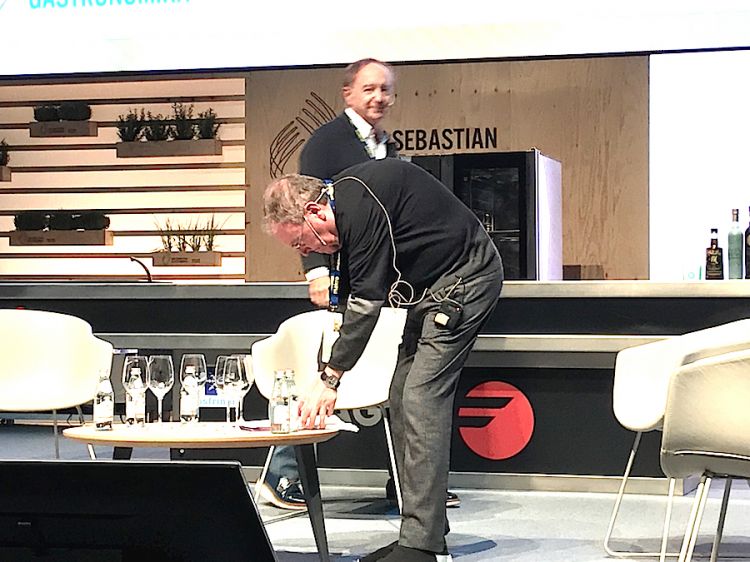
Rafael Garcia Santos, in the foreground, and Josè Carlos Capel
That was yesterday, but what about tomorrow? How do you see this world in ten years?
'I often think about it and have not yet found a precise answer. For sure, we should rediscover the creative freedom that has been lost. But who wants to take risks? To expose themselves? Working hard is not enough. Take, for example, Matteo Demeglio, who leads Georges Blanc's brigade, something like 35 people, very impressive. But at some point, you must return to Italy and put down everything you have learnt around the world.'
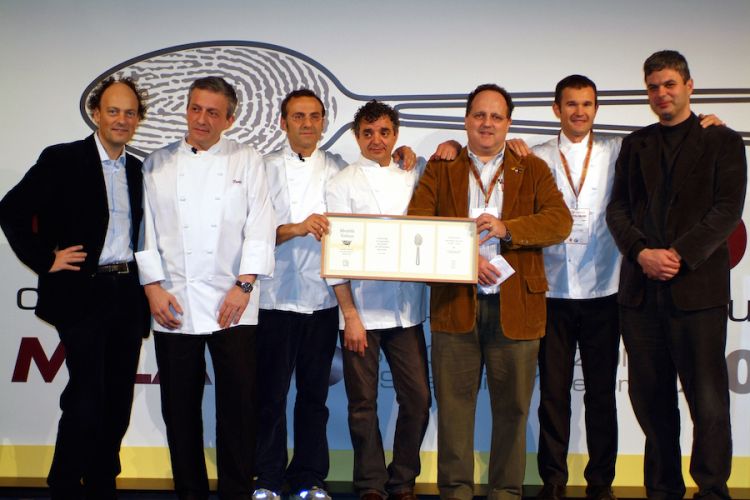
A parade of Italian starred-restaurant at the second edition of Identità Golose in 2006. Left to right: Moreno Cedroni, Davide Scabin, Massimo Bottura, Mauro Uliassi, Paolo Marchi, Carlo Cracco and Pietro Leemann
People often say this.
'We must believe in this country. Unfortunately, we chefs are not protected. There’s no single recipe for Success, both personal success and that of an entire system, but rather many factors that must be grasped and understood worked out.'
We have been saying this practically forever.
'I’ll make an example. We praise, rightly so, the Basque Culinary Centre, which, not by chance, was born and developed in San Sebastian in the wake of the congress and the many local superchefs. But who in Italy wonders why there? The answer is obvious because a quarter of a century ago, the first catering congress was born there, putting Spain, not just the Basque world, at the centre of the planet. On the other hand, we let ourselves be taken by the bootstraps when it suits a politician, but we’re unable to assert ourselves because we are incapable of joining forces. I expect this to happen in Milan. It’s the right city.'
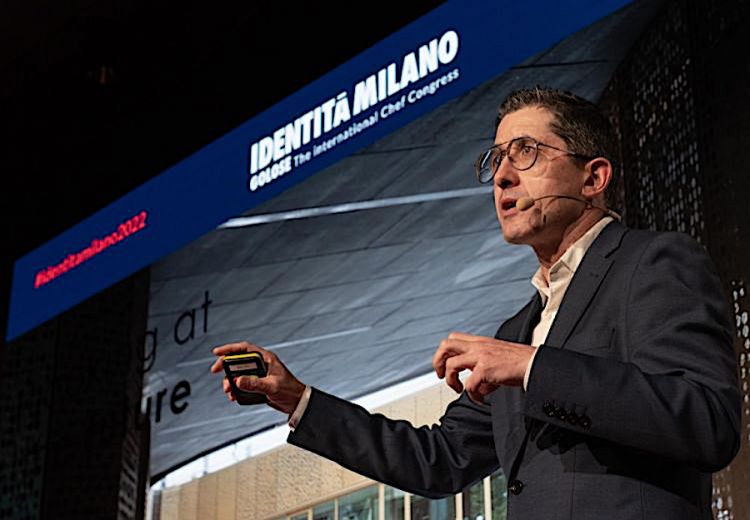
Joxe Mari Aizega, director of the Basque Culinary Center in San Sebastian
Translated into English by Slawka G. Scarso